Saint John Paul II, “the Great”
“The Pope of the Youth”
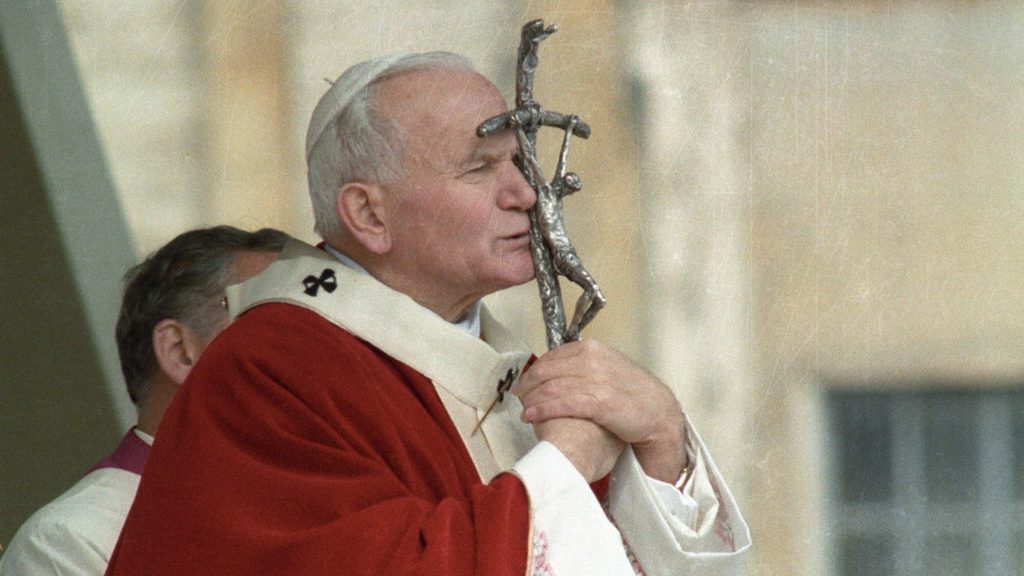
Karol Józef Wojtyła, acclaimed pontiff Saint John Paul II, moved the world for almost three decades of the 20th century. His acts of kindness, the ability to reach the hearts of believers and non-believers alike, his communication skills, and his tireless apostolic journeys in which he continuously conveyed God’s love, as he did with his immense work, captivated millions of young people and adults.
Human suffering, with its essential character of offering to Christ, had in him one of its distinguished champions. Seeing the ravages of suffering on his person, the whole world could witness the greatness of it when assumed as he did. Thus, he crowned his life of dedication as the 21st century began, becoming a beacon for all who suffer.
He was born in Wadowice, Krakow, Poland, on May 18, 1920. He was the youngest of three siblings, though Olga barely survived. He lost his mother at the age of 9, and shortly after, Edmund, the eldest, a doctor who contracted a disease while practicing his profession. His parents deeply instilled the seed of the Catholic faith in Karol.
Brilliant in his studies, with a privileged mind, he studied philosophy at the Jagiellonian University of Krakow. At the same time, he joined a theater circle. During that time, he won several awards as a chess player. In 1939, during the Nazi invasion, he worked as a laborer in a quarry and a chemical factory.
He was a natural leader, a handsome young man with a charismatic personality and a unique magnetism that attracted people. He enjoyed the respect and admiration of his companions, idealistic and enthusiastic Catholics who formed the Unia group, defending the weakest. In 1941, in the midst of the German occupation, his father, a Polish army officer, died.
The Gestapo was after him, and he took refuge in an attic. A tailor introduced him to Saint John of the Cross, and he was enthralled. During that time, he felt called to the priesthood. He had to train in the clandestine seminary of Krakow until Archbishop Cardinal Stefan Sapieha welcomed the group of aspirants into his palace. Ordained a priest in November 1946, he sent him to Rome. He studied at the Angelicum, earning a doctorate in theology with a thesis on his esteemed saint and Spanish Carmelite reformer.
In Poland, he was a parish vicar, university chaplain, and professor of moral theology and ethics at the seminary and the Jagiellonian and Lublin universities; he was aligned with Scheler’s thought, on which he based his thesis. In 1958, Pius XII appointed him auxiliary bishop of Krakow.
In 1962, Karol participated in the Second Vatican Council, where his interventions on atheism and religious freedom did not go unnoticed. Paul VI appointed him cardinal in 1967. Upon the death of John Paul I, after his brief assumption of the Chair of Peter, he was elected to succeed him; he took the name of this predecessor.
From then on, this Pole, the first to hold the high mission as Vicar of Christ on earth, began an exceptional pontificate. Enamored with the Eucharist and devoted to Mary, he knew how to reach the hearts of all, regardless of race, creed, age, profession… He was an athlete of Christ, an exemplary priest and bishop, a great shepherd.
Also a distinguished philosopher and theologian, defender of morality and human rights, of the culture of life, a lover of peace and justice, Pope of the youth and families, champion of the rights of the unborn, the elderly, and the sick. An apostle of reconciliation who brought together diverse faiths in Assisi, opening an ecumenical path of interreligious dialogue of incalculable value.
The traveling Pope who traveled the world over and over again, embracing and blessing everyone. His pontificate saw the fall of the Iron Curtain and the collapse of the Soviet empire, attributed by many scholars to the presence of a Pope from Eastern Europe.
The grave attack he suffered in May 1981 gradually weakened his health. He forgave his attacker and continued to live illuminated by Christ and Mary, who saved him from a premature death, allowing him to heroically carry out his responsibilities. He masterfully faced numerous problems and difficulties that arose.
He was a man of prayer who always showed impressive strength in the face of adversity. In the last years of his life, he did not hide his physical deterioration from the world; he remained at the helm of the See of Peter, setting an example of his unwavering fidelity to Christ and the Church.
Fourteen encyclicals, eleven apostolic constitutions, and 1060 public audiences attest to the extent of his dedication and apostolic fervor. In one of his messages, he reminded: “The vocation of the Christian is holiness, at every moment of life. In the spring of youth, in the fullness of the summer of middle age, and later also in the autumn and winter of old age, and finally, at the hour of death.”
He fulfilled it abundantly. If we could speak in numerical terms, he would be one of the few pontiffs who held one of the highest records. And not only for the almost twenty-seven years of his pontificate, the third longest in history. Also for the multitude that followed him live and in recording, multiplying his words and gestures thanks to various media. They showed the pain caused by his death on April 2, 2005, and the impressive crowd that gathered for his funeral.
We must leave behind the detractors he had and still has, who have also persecuted other members of the holy life, as recalled here for other biographies; there is the recent one of Teresa of Calcutta. It is futile to try to silence with absurd clamor the echo of the works of God’s great children.
He is their champion; he cannot be silenced. He speaks through the saints, even as centuries pass. The reality is that for his many virtues, John Paul II was beatified by Benedict XVI on May 1, 2011. Francis canonized him on April 27, 2014, the feast of Divine Mercy that this great Pole instituted.

Related
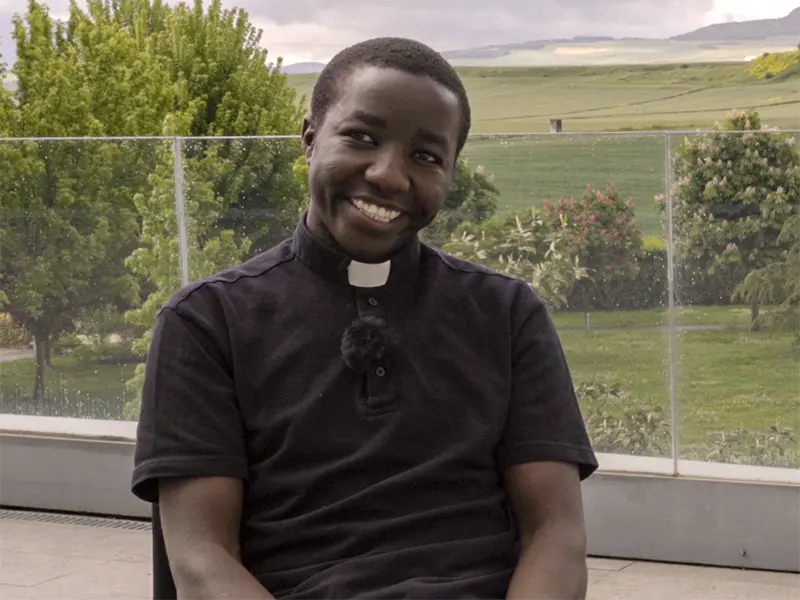
“Being Catholic in Tanzania is a source of pride”
Fundación CARF
16 April, 2025
6 min
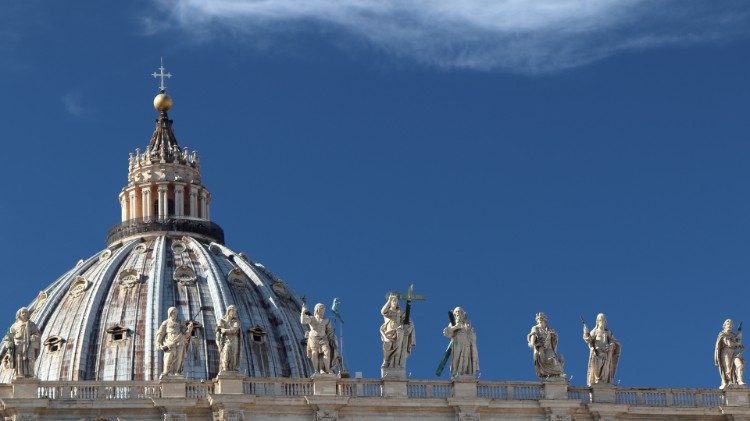
The Vatican Suppresses the Sodalitium of Christian Life After a Long Discernment Process
Exaudi Staff
15 April, 2025
1 min
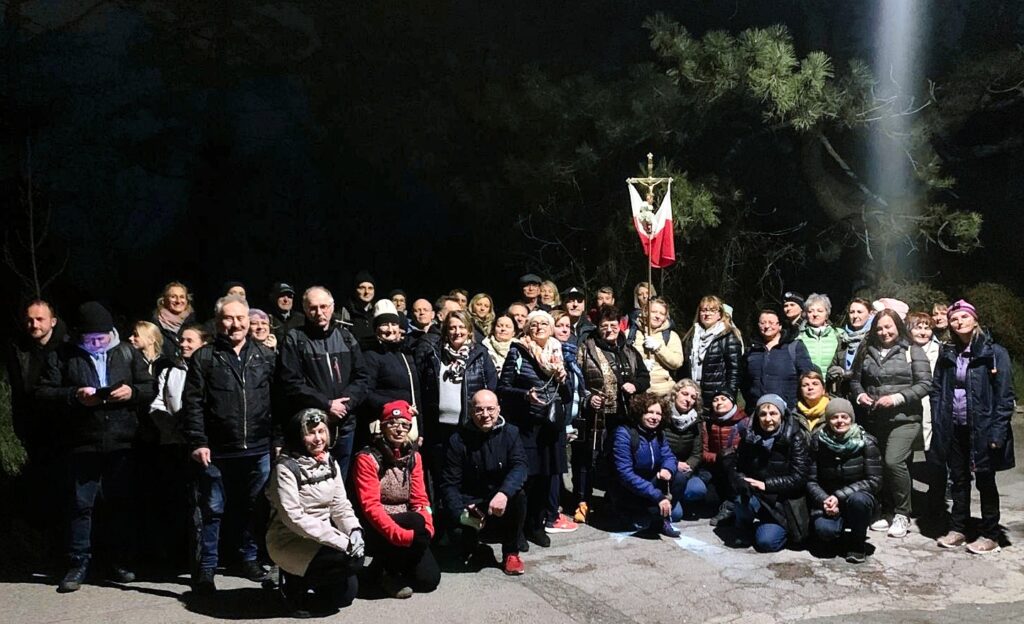
From Kahlenberg to the Papal Cross – Polish Night Way of the Cross in Vienna
Heschel Centre for Catholic-Jewish Relations at the Catholic University of Lublin
15 April, 2025
2 min
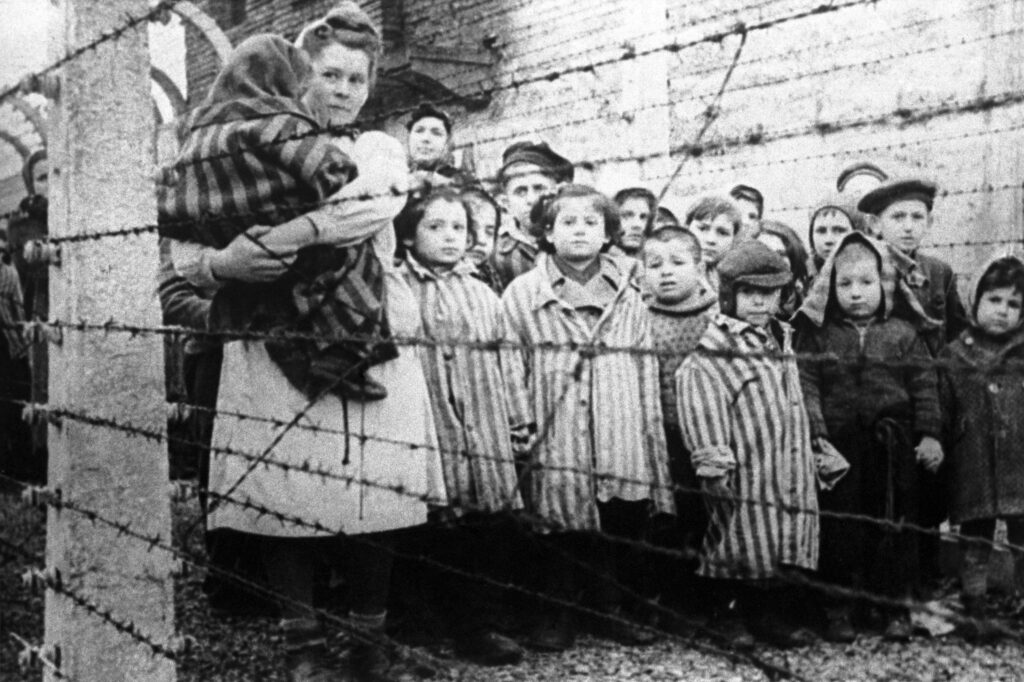
“I Will Never Be Herod for the Innocents”
Wlodzimierz Redzioch
14 April, 2025
6 min
 (EN)
(EN)
 (ES)
(ES)
 (IT)
(IT)

